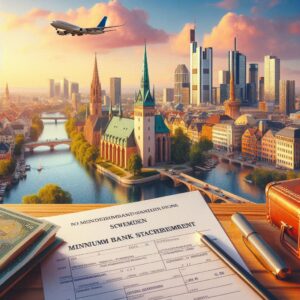Hike will make travel to the South Pacific “incredibly expensive,” according to Peak Tourism. The travel sector in New Zealand has reacted negatively to the announcement that the government will almost quadruple its levy on foreign visitors.

The coalition government of New Zealand, which is run by the National Party, said on Tuesday that it will increase the so-called International Visitor Conservation and Tourism Levy (IVL) to $100 NZD ($62) as of October 1 from $35 NZD ($22).
The country will be able to expand its tourism business while guaranteeing that travelers support “high-value conservation areas and projects, such as supporting biodiversity in national parks and other highly visited areas and improving visitor experiences on public conservation land,” according to Tourism Minister Matt Doocey.
“In general, an international visitor’s expenditure in New Zealand would not exceed 3 percent with a $100 IVL, so its impact on visitor numbers is unlikely to be substantial,” Doocey stated. The top organization for New Zealand’s tourist industry, tourist Industry Aotearoa, stated that the rise would make travel there “incredibly expensive.”
According to the peak organization, the rise will result in the cost of visiting New Zealand reaching up to $500 NZD ($310) per person, which is more than twice as costly as visiting Canada and two-thirds more than visiting Australia. This is in addition to a recent 60% increase in visitor visa costs. petty behavior.
According to TIA Chief Executive Rebecca Ingram, “airline connectivity isn’t nice to have for a country at the bottom of the world—it’s essential.” The increase, which the International Air Transport Association called a “double whammy” for the industry, was met with dismay as well.
“These changes could further delay the recovery in visitor numbers to beyond 2026 and make travel to New Zealand more expensive and unappealing,” Xie Xingquan, Regional Vice President for North Asia and Asia-Pacific at IATA, stated in a statement.
In July 2019, the levy was implemented by the former Labour Party administration in New Zealand, with the stated goal of financing infrastructure and reducing the burden on services and the environment.
A few months later, the government closed the international crossings due to the entrance of COVID-19, which caused tourism to come to an abrupt end. The industry has recovered from the worst of the pandemic’s effects, although visitor numbers are still only around 80% of what they were prior to COVID-19.
Approximately 13.2 billion dollars ($8.2 billion) or 3.5 percent of New Zealand’s gross domestic product was generated by tourism last year, making it one of the major export sectors in the nation.



